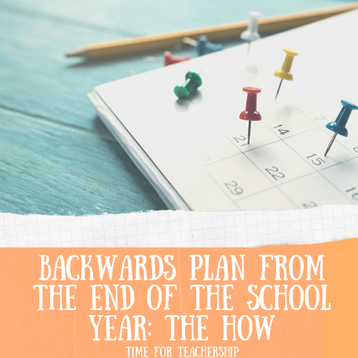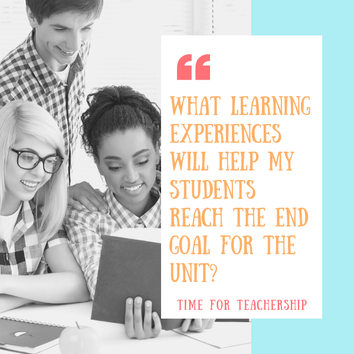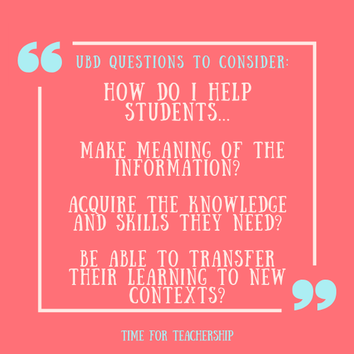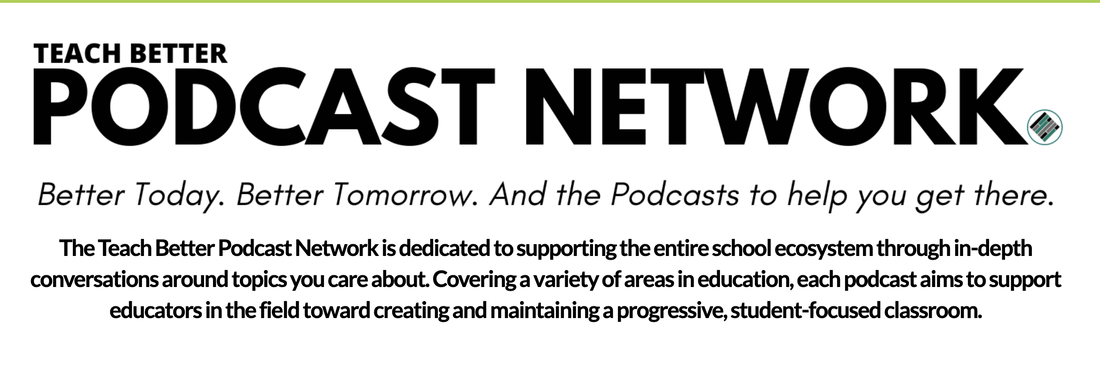|
Earlier this week, I wrote about McTighe and Wiggins’ Understanding by Design (UbD) framework for backwards planning, which asks educators to answer the questions: What do you want students to achieve? How will you know students have achieved these goals?; What learning experiences will best support them to get there? The previous post addressed the first two questions. (If you haven’t already read that post, go back and read that first.) This post will address the third question. By answering questions one and two, we know where we want students to end up, and we know how we will assess whether (or to what degree) they made it there. Now, we must think about the learning experiences that will help students acquire content and skills, make meaning of the information in a particular context, and then transfer their understanding and skills into a new context (ASCD). Let’s consider how each of these three components (acquiring content and skills, making meaning, and transfer to a new context) might show up within a unit. How do I help students make meaning of the information? It’s helpful to situate content information in a particular context as much as possible throughout the unit, and that starts with a strong, contextualized hook. I like to use hooks that are relevant to students’ lives. For example, this might look like watching a documentary or news clip about a current event that addresses a core understanding of the unit or posing the essential question as it pertains to their personal lives (e.g., “When, if ever, should violence be employed to secure human rights?” may be initially discussed as it relates to an individual fighting to defend theirself or someone else). Throughout the unit, I like to use case studies to explicitly situate information within different contexts. For example, if I’m using the essential question above on violence and human rights, I might design several historical situations in which violence either was or wasn’t used during the course of a human rights struggle (e.g., examples of non-violent resistance in contexts like the U.S. during the civil rights movement of the 1960’s and South Africa’s anti-apartheid protests and also violence forms of resistance in both of those contexts). To make meaning of these case studies, I would encourage students to use the information from each case study to make a claim in response to the essential question and defend it. This activity could occur in the form of small group discussion or a class-wide discussion like a Socratic Seminar. How do I help students acquire the knowledge and skills they need to be successful in this unit? When our end goal is deep understanding and mastery of transferable skills, we need to give students time to develop both. Which means, our unit may need to be longer than we initially think it should be. Although we may think, “I don’t have time for long units!” longer units enable students to go beyond a mere surface-level understanding and retain that deeper understanding for a longer period of time. So, make sure your unit is an appropriate length for students to move through the phases of learning (the initial exposure, the practice, and the mastery). I would also try to vary the types of content delivery and types of experiences in which students are engaging throughout the unit. Try to include a variety of activities such as: interactive mini lectures or videos for content delivery, textual analysis, simulations (although, be thoughtful about what to simulate) and opportunities for discussion and collaborative learning. Providing time during the unit for students to work on different things to fill content or skill gaps (or extend their learning beyond the whole class lessons) is also important to ensure each student gets what they need. How do I ensure students are able to transfer their learning to new contexts? This is exactly what the summative assessment task at the end of the unit should be— an opportunity for students to apply (transfer) their content understanding and skills from the unit in a new context. This assessment is how you know the degree to which they achieved the goal. If you’re already at the point of planning the day-by-day learning activities, you’ve likely already planned this summative assessment. If you haven’t (or if you did, but it doesn’t ask students to transfer their learning in a novel context), go back and create or adjust your summative assessment now. The summative assessment should not be the first time students are asked to perform this difficult task of applying their skills and knowledge in a new way. So, once you have the summative assessment set, work backwards and try to think of other contexts (not the same one as the summative task) you might ask students to engage with during the unit as a practice application. Consider scaffolding these formative assessments to gradually build up students’ individual capacities for application. For example, you may first pose a problem in context to the whole class, so you can help students figure out how to approach the task, highlighting various strategies you see students use. The next time you present a problem in a novel context, have students work in small groups or with a partner so they don’t have to work on their own just yet. Finally, have them perform a similar task in a different context on their own. To be clear, these formative assessments do not need to be in-depth, they might just be a discussion, nothing written, or maybe just some quick notes on a piece of chart paper. You don’t need students to complete the final project three times in full, just expose them to the task of problem-solving in new contexts. If you would like a template to guide your planning of unit learning activities, click the button below to get my free Backwards Planning Template! Also, if you a fan of conrete examples, this Cult of Pedagogy podcast episode and corresponding blog post shares one instructional coach talking about how her teachers backwards planned a PBL unit. It focuses mostly on McTighe and Wiggins’ first two questions, but the speaker makes clear how valuable those steps are to ensure alignment with the third question of day-to-day learning activities.
1 Comment
Very Informative post. Thanks for sharing your knowledge with us.
Reply
Leave a Reply. |
Details
For transcripts of episodes (and the option to search for terms in transcripts), click here!
Time for Teachership is now a proud member of the...AuthorLindsay Lyons (she/her) is an educational justice coach who works with teachers and school leaders to inspire educational innovation for racial and gender justice, design curricula grounded in student voice, and build capacity for shared leadership. Lindsay taught in NYC public schools, holds a PhD in Leadership and Change, and is the founder of the educational blog and podcast, Time for Teachership. Archives
May 2024
Categories |





 RSS Feed
RSS Feed